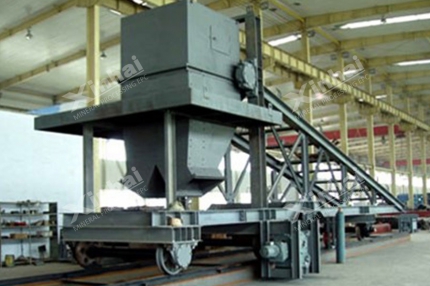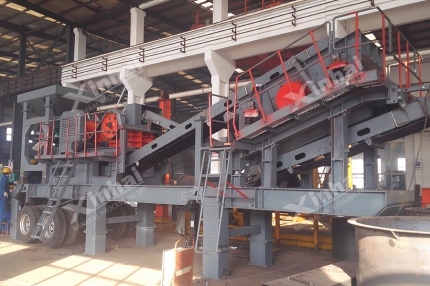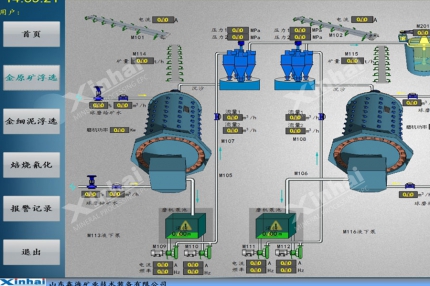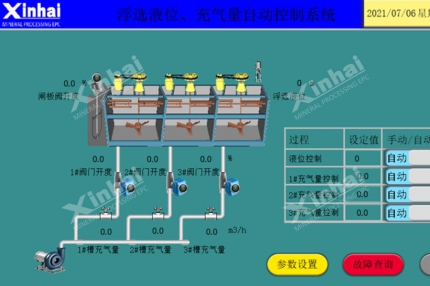With the continuous exploitation and utilization of lead and zinc resources, the discharge of lead and zinc tailings increases year by year, which inevitably brings a series of problems, and further stimulates the development of lead and zinc tailings treatment and comprehensive utilization.
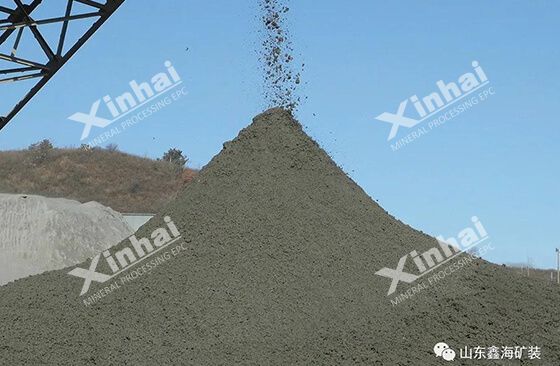
At present, the common lead and zinc tailings treatment methods mainly include tailings recycling, tailings dry stacking, goaf backfilling, and building materials.
Use the table of contents below to navigate through the guide:
01Lead and zinc tailings reprocessing
Due to the low level of early ore beneficiation technology and equipment, many lead-zinc tailings still contain a lot of valuable components, such as lead, zinc, sulfur, iron, barite, feldspar, quartz, mica. Therefore, we can recycle the valuable components in the lead and zinc tailings according to their types, contents, and occurrence states.
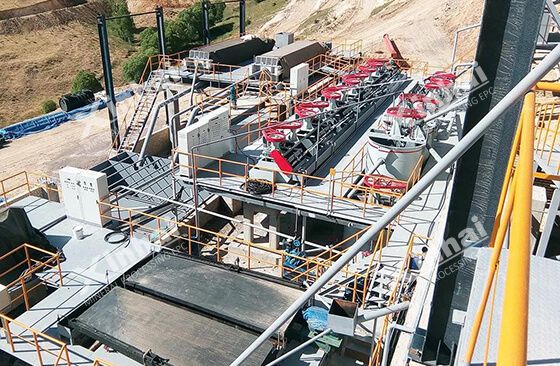
Recycle the lead and zinc ore from tailings
The lead-zinc sulfide ore tailings often contain galena, sphalerite, pyrite, chalcopyrite, and the gangue minerals mainly including calcite, quartz, dolomite, mica, etc. generally, the regrinding-flotation process is often used to recycle the leas-zinc ore.
The material composition of lead-zinc oxide tailings is more complex, and the associated components are unstable, so the priority flotation process is often used as the main separation process. Besides, desliming is conducted before the flotation, which can improve the flotation index and the reagent dosage.
The mixed lead-zinc ore tailings contain both lead-zinc oxide ore and lead-zinc sulfide ore, which is usually separated by mixing-partial flotation process or mixing-priority flotation process, so the oxide lead-zinc ore, lead concentrate, and zinc concentrate can be separated successively.
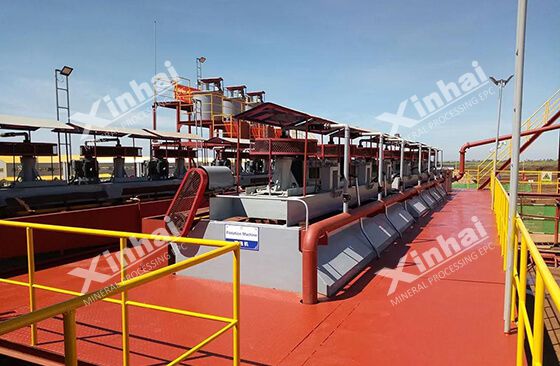
Recycle the sulfur and iron from tailings
If there is refractory pyrrhotite in lead-zinc tailings, the iron concentrate often contains excessive sulfur, so it is necessary to strengthen the recovery of sulfur to reduce the content of harmful impurities in iron concentrate. Usually, the combined process of flotation-low intensity magnetic separation-flotation is used to recover sulfur and iron in lead-zinc tailings.
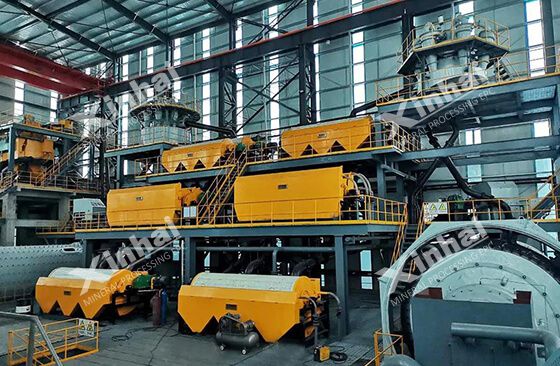
Recycle the barite from tailings
Recovery of barite from Lead-zinc tailings by gravity separation and flotation combined process. Low-grade barite in lead-zinc tailings can be effectively recovered by the separation process of spiral chute desulfurization flotation regrinding-barite flotation.
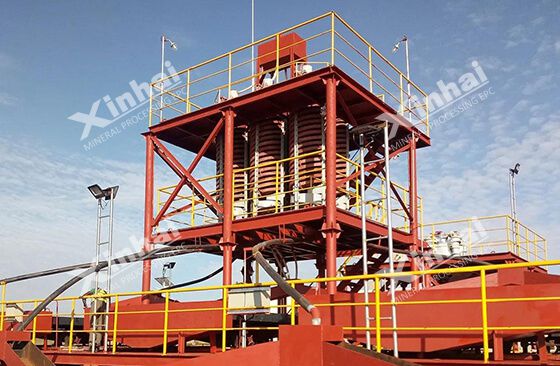
Recycle the feldspar and quartz from tailings
The main components affecting the quality of feldspar and quartz in lead-zinc tailings are siderite, mica, and a small amount of fluorite and other minerals. So, the magnetic separation-flotation process can be used to recover the feldspar and quartz from tailings.
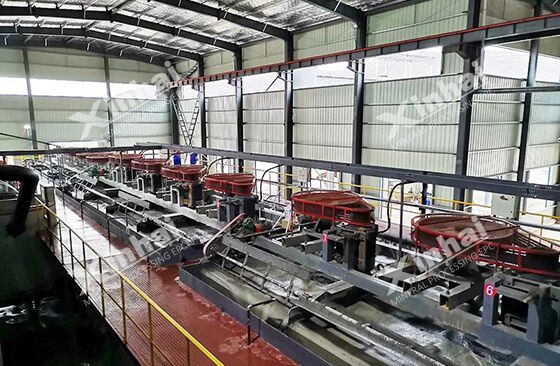
02Lead and zinc tailings dry stacking
The tailings dry stacking process relieves the reservoir capacity pressure of the tailings pond, reduce the safety risks of the tailings pond, and the utilization of backwater relieves the sewage treatment pressure and saves the cost of mine production and operation, which is the requirement of national green mine construction.
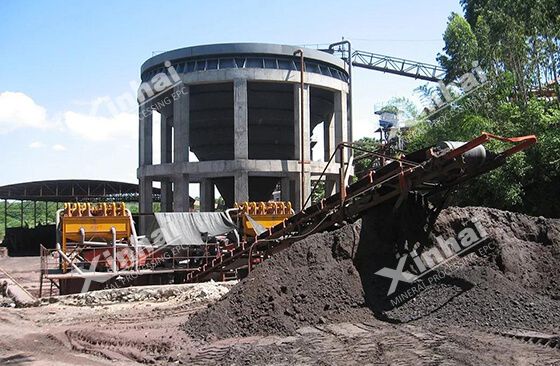
Tacking the common lead-zinc mine tailings dry stacking process - hydrocyclone + dewatering screen + filter press as an example, the tailings are sent to the glue pump box, then pumped into the concentrated hydrocyclone, the hydrocyclone bottom flows to the dewatering screen, the oversize product of dewatering screen is transported to the outside plant for storage by the belt, and the filtrate is pumped to the thickener. The cyclone overflow flows to the thickener, and pumped to the filter press, and pressed into the filter cake after concentration, then carried out of the workshop by a belt for storage. The filtrate of the filter press and the thickener overflow flow to the return pool and are pumped back to the concentrator for use after clarification.
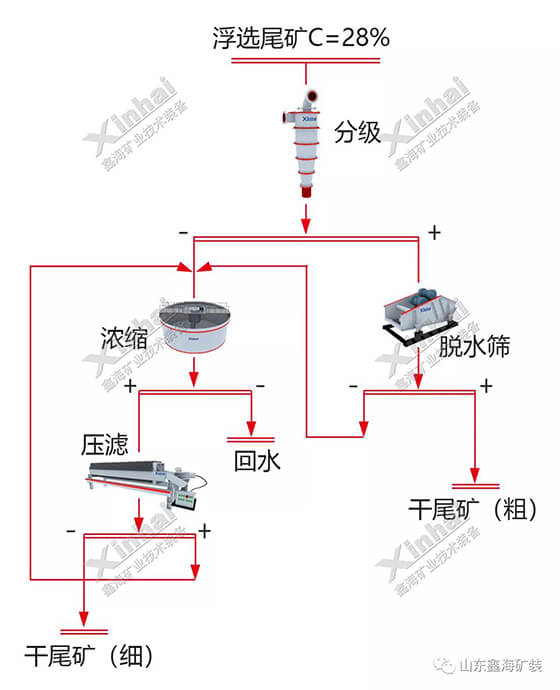
03Goaf backfilling
Filling goaf with tailings is one of the effective ways to directly use lead and zinc tailings, especially for mining enterprises who cannot set up the lead and zinc tailings reservoir, it is of greater environmental and economic significance to backfill goaf with full tailings cemented filling technology or high water consolidated full tailings filling technology.
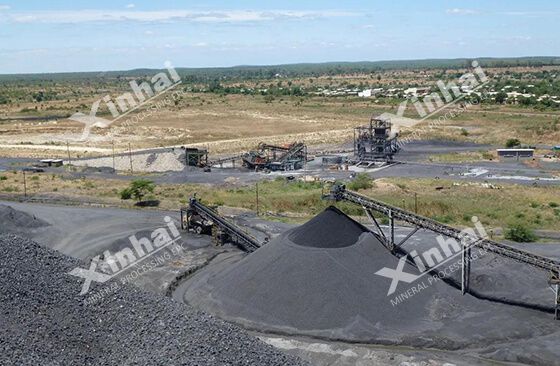
As better filling material, the tailings can be used locally, waste utilization, free from the collection, crushing, transportation, and other costs of filling gravel production. For the lead and zinc ore bodies with high value, the tailings can improve pillar recovery conditions and reduce dilution loss. The appropriate amount of cement or other cementing materials are often added into the filling materials to make the loose tailings condense into a whole with a certain strength.
04Used as the buildings material
The recovery of valuable elements from tailings can only realize the comprehensive recovery of a small number of valuable elements in tailings, but cannot significantly reduce the number of tailings, so it can be considered to use lead-zinc mine tailings as construction materials.
The composition of lead and zinc tailings is similar to raw cement, which can partially replace clay, iron powder, and aluminum raw materials mixed with cement ingredients. Moreover, trace elements contained in tailings have good mineralization and melting effect on raw material calcination, and can make the raw material flammability better. Pb-Zn tailings with fine particle size can be used as mixing material to reduce the power consumption of cement grinding and save energy.
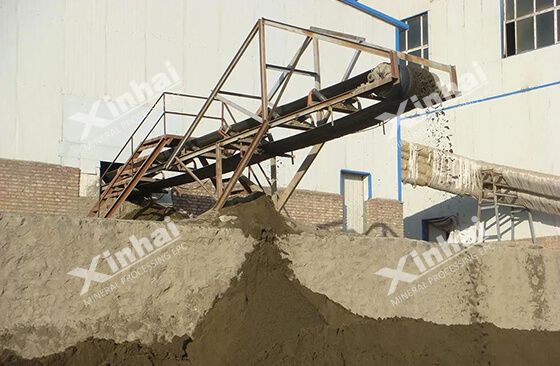
These are common lead-zinc tailings treatment methods. In practical application, it is suggested to determine the suitable tailings treatment and comprehensive utilization method by considering the properties, size, and ROI of lead and zinc tailings, then customize the reasonable tailings treatment equipment.


 marketing@ytxinhai.com
marketing@ytxinhai.com  0086 13810327080
0086 13810327080 






































































































 CHAT
CHAT MESSAGE
MESSAGE









